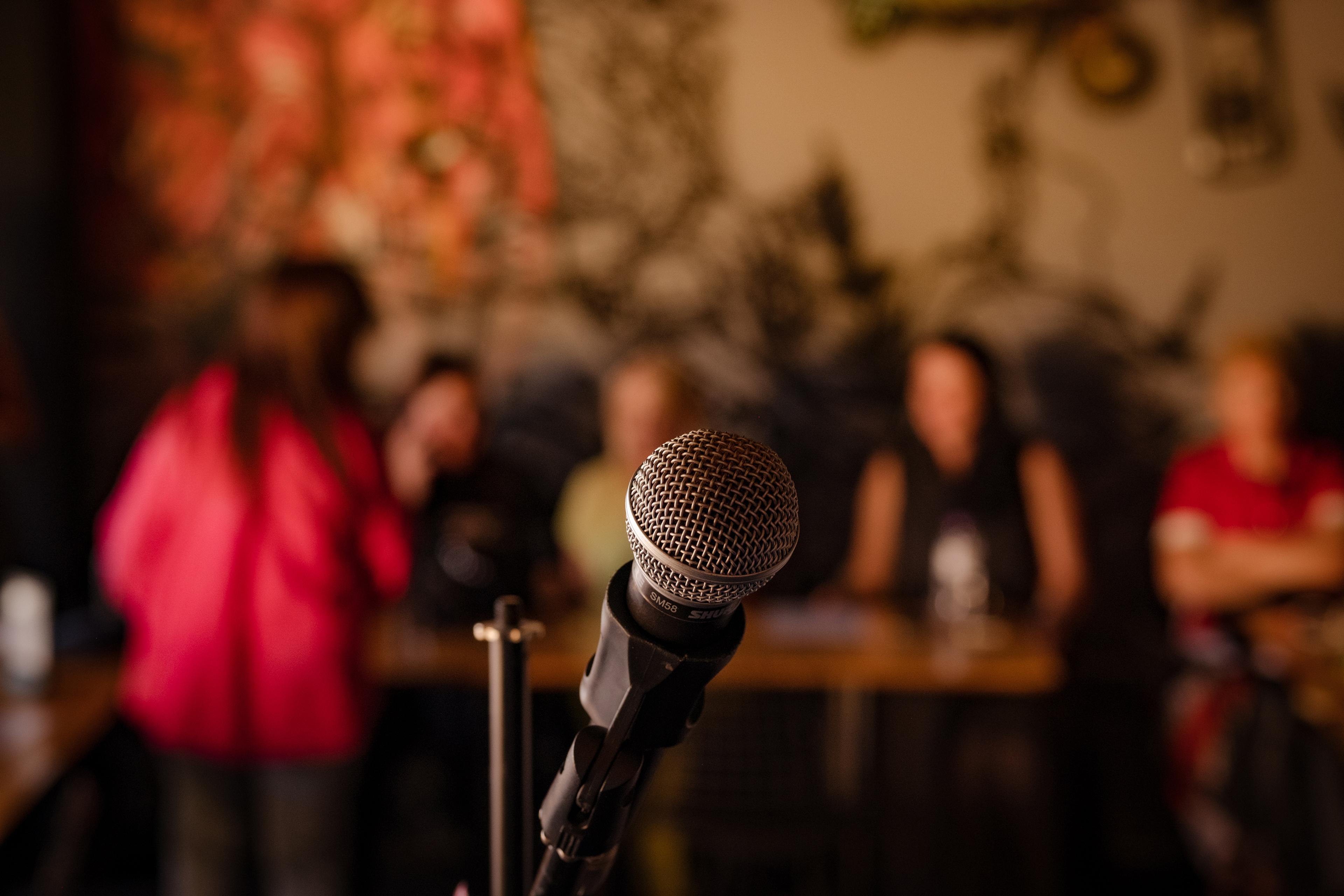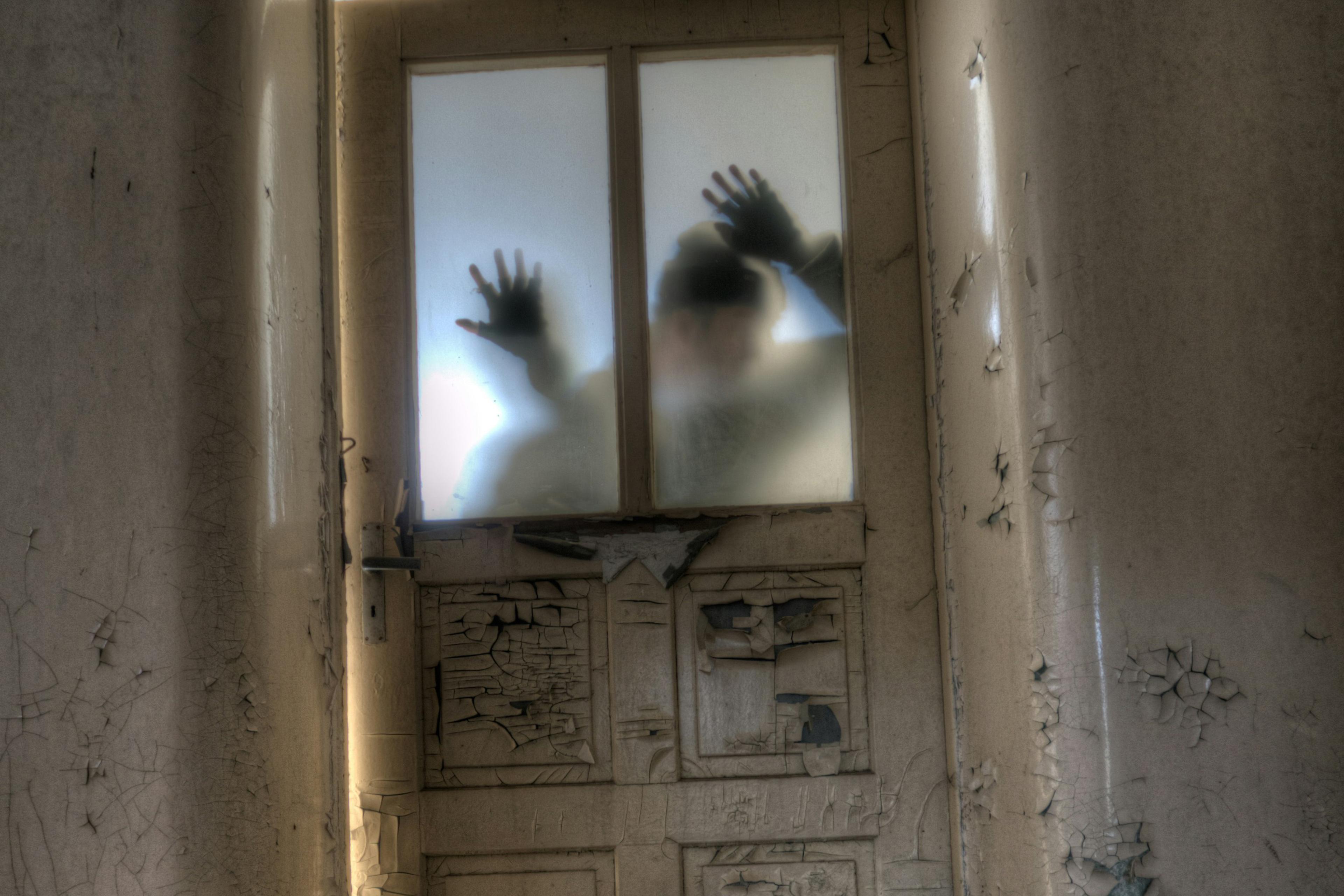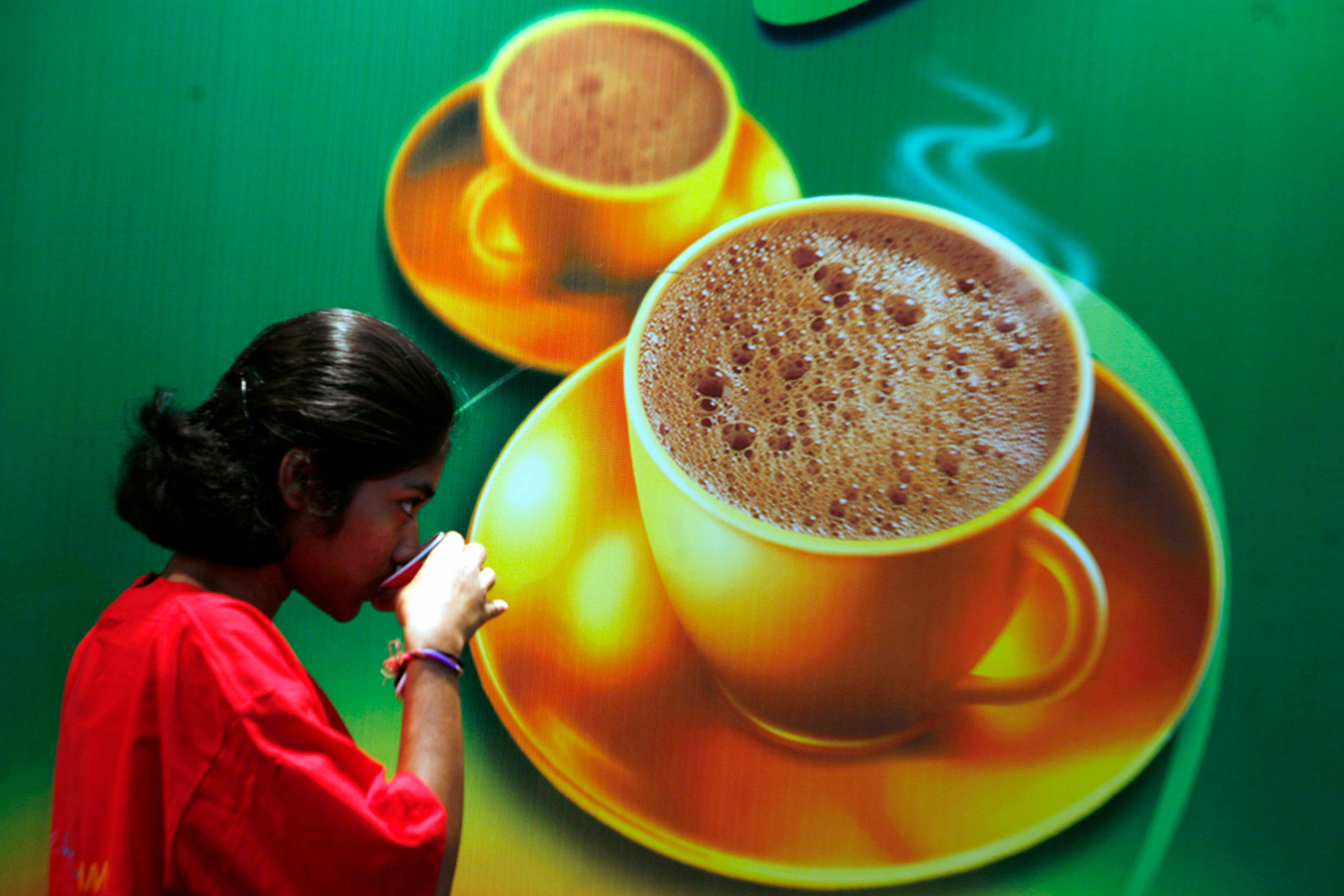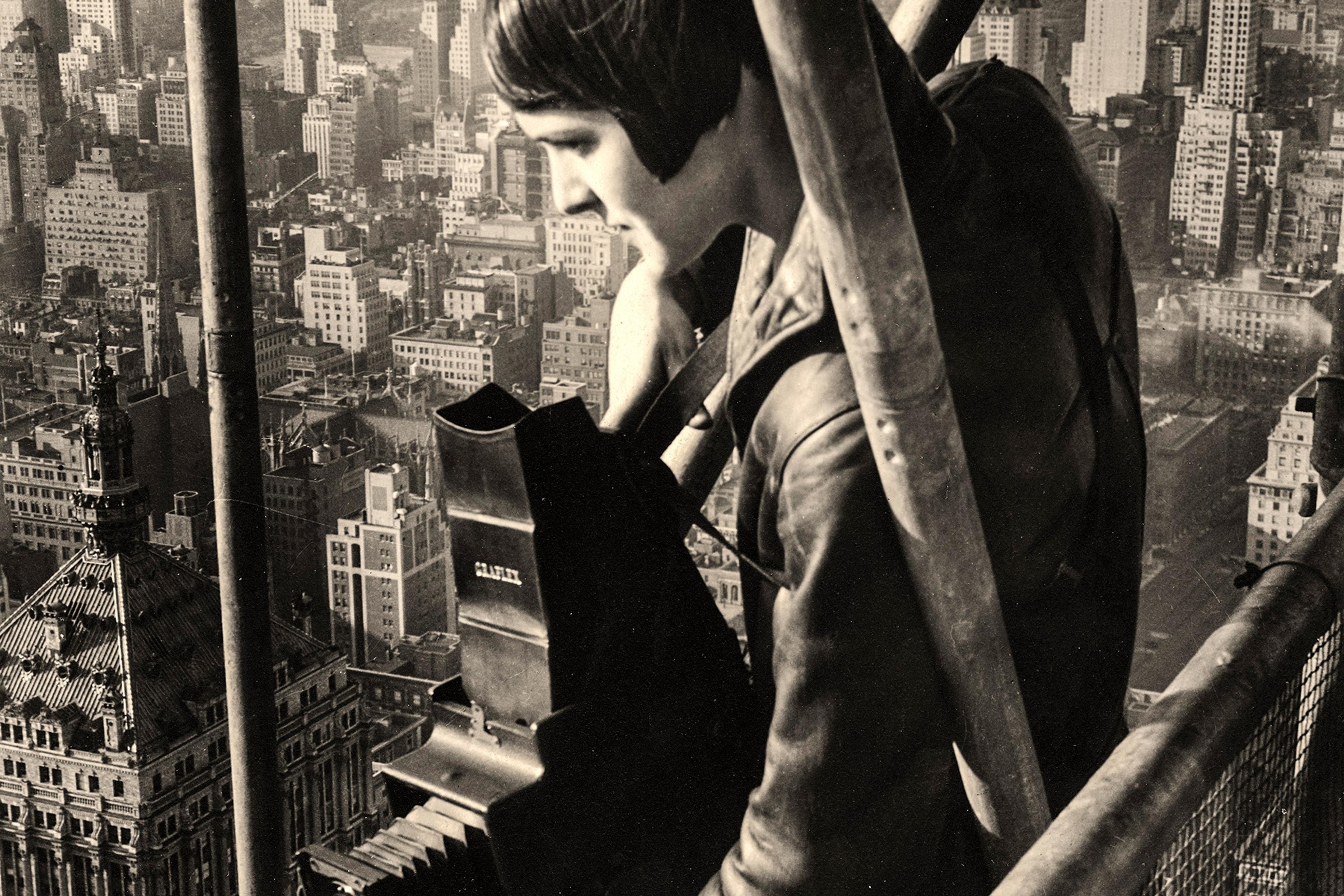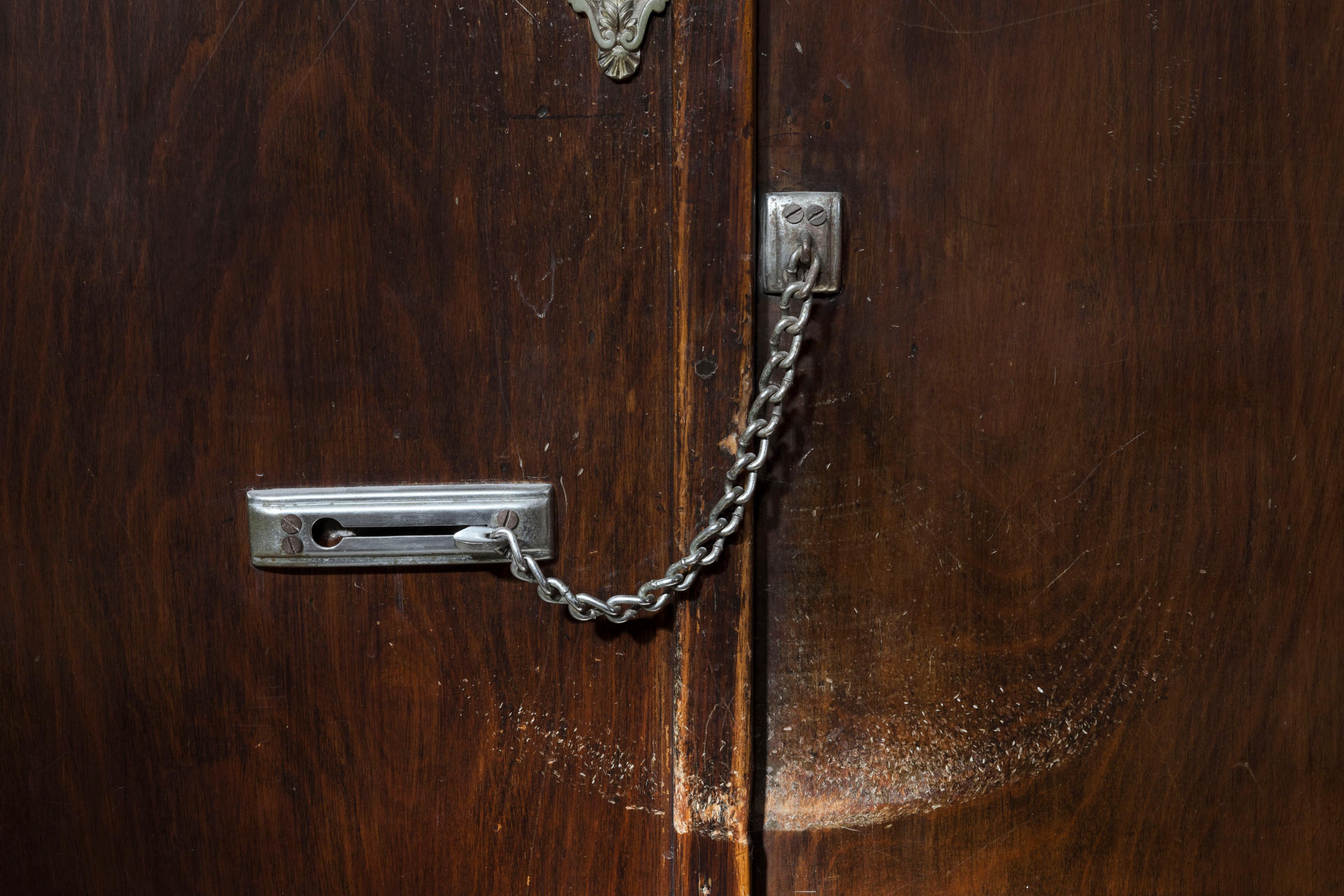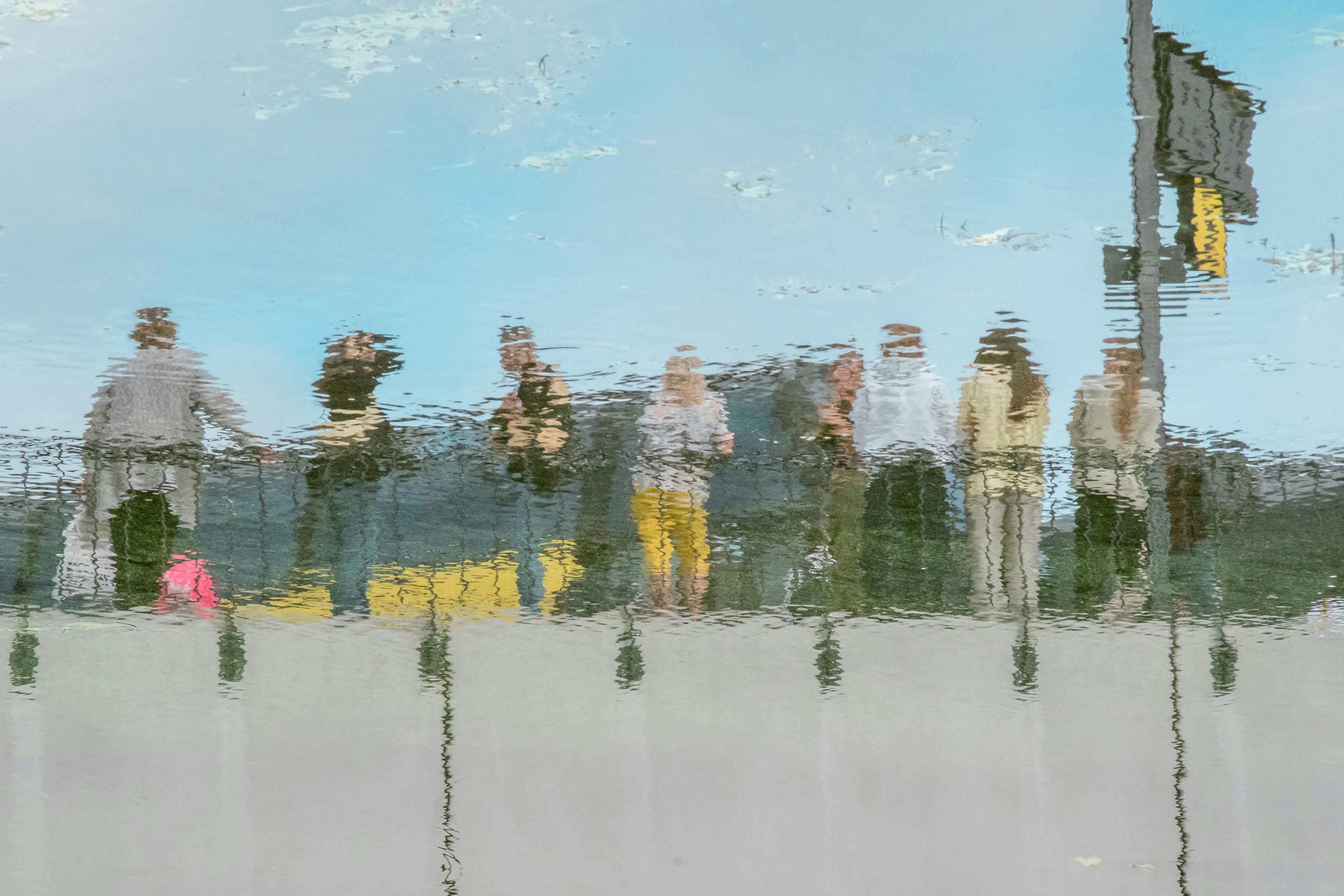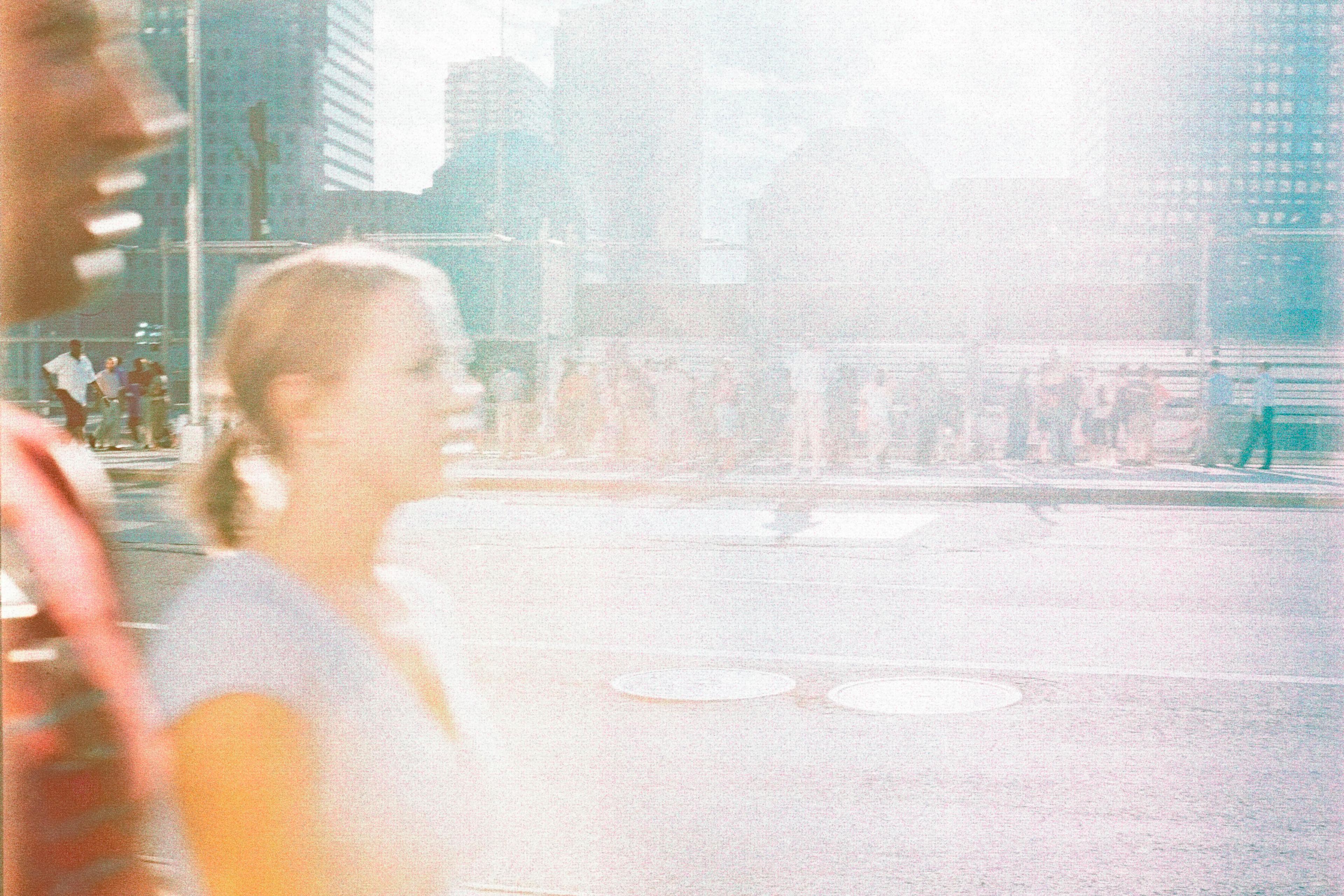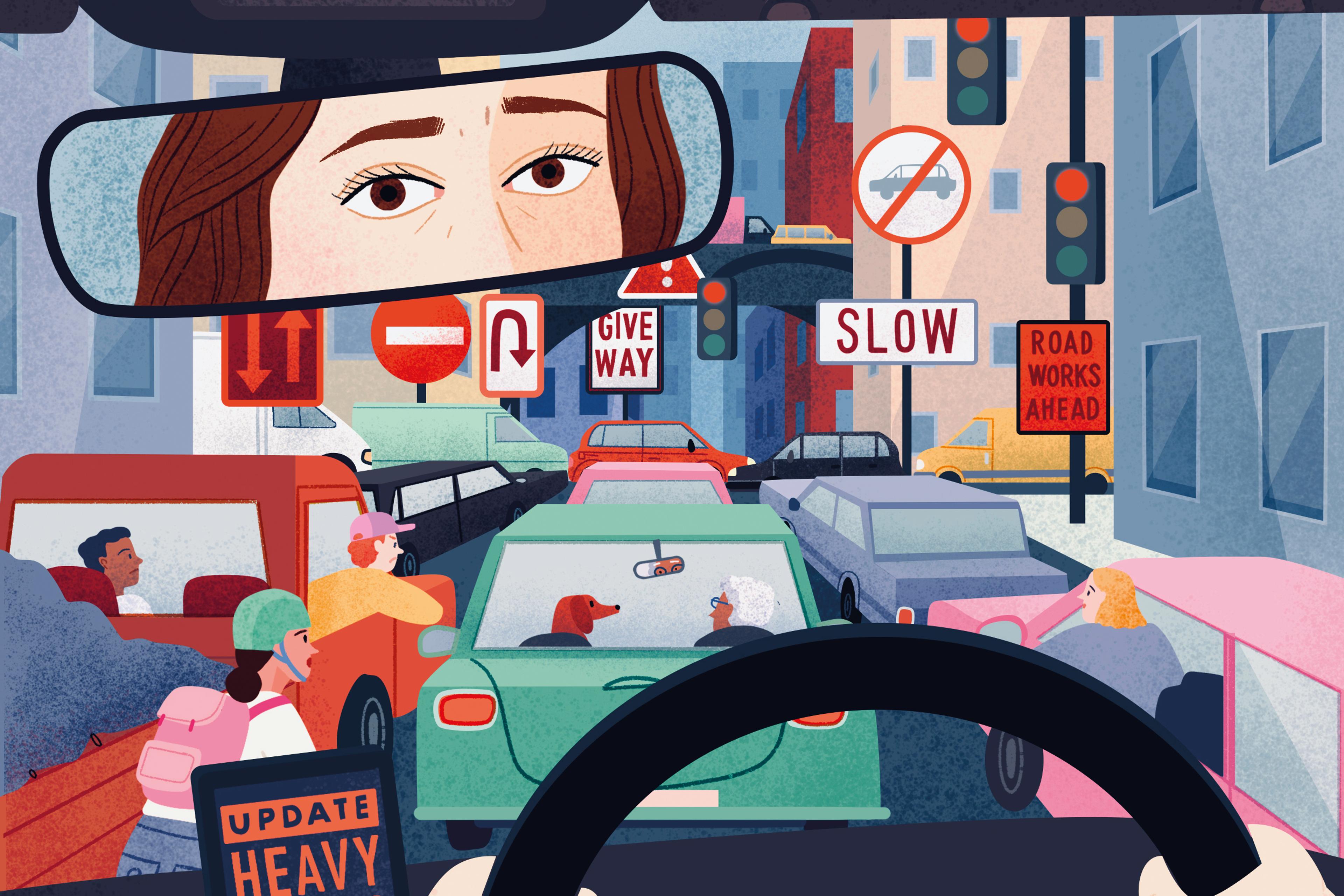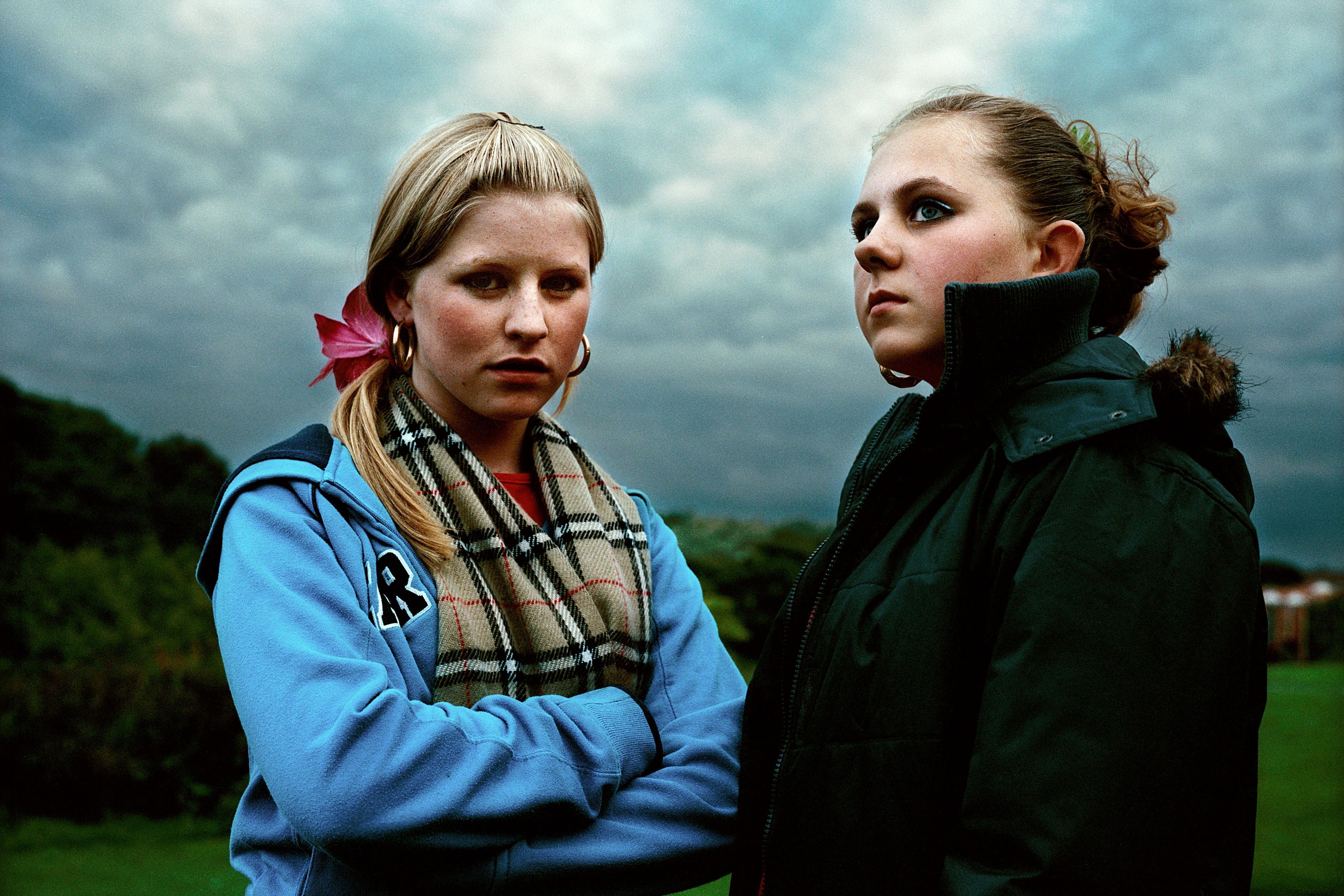If there’s something you’re especially afraid of, you’ve likely heard that the worst thing you can do is to keep avoiding it. It’s only by confronting your fear and learning that it’s safe that you can overcome it – which is actually the basis of ‘exposure therapy’. The problem is, as I’ve discovered, the benefits of exposure can wear off, or you can have a bad experience that brings all the negative associations rushing back.
That’s why I was excited to come across some preliminary research in the journal Behaviour Research and Therapy that shows a way to address this – by deliberately weakening your negative memories of what you fear. The key to this is a process called ‘retrieval-induced forgetting’. It’s based on the fact that, when you recall certain aspects of a past experience, it doesn’t just strengthen your memory of those details, it actually weakens your memory of the other aspects that you don’t recall.
In the study, socially anxious participants gave a series of one-minute speeches online. Afterwards, they noted several negative memories (for example, someone yawning) and positive memories (such as someone clapping) from the experience. Next, some of them spent time deliberately recalling only the positive memories. This seemed to weaken their negative memories and, even better, the more this forgetting occurred, the less anxiety they felt about public speaking in the future.
If you’re socially anxious or you have a different fear, you could experiment with this strategy. After facing your fear, spend time deliberately recalling positive aspects of the experience, such as what you enjoyed or something that went well. This isn’t just a case of looking on the bright side – it might actually weaken your negative memories of what happened and help you feel more confident the next time you face your fear.
